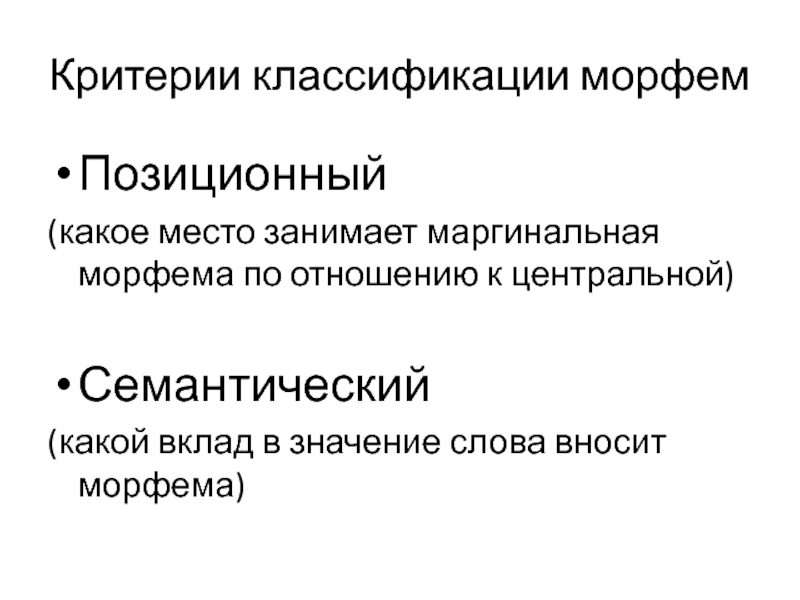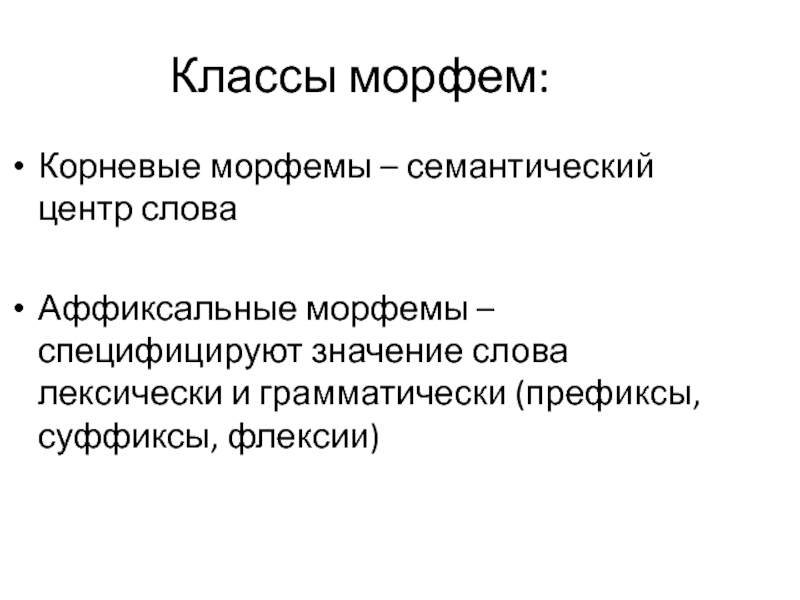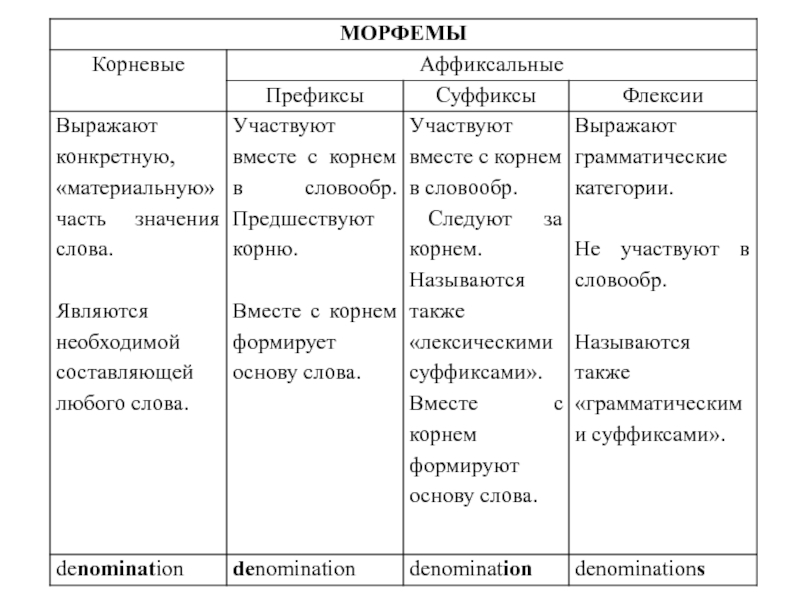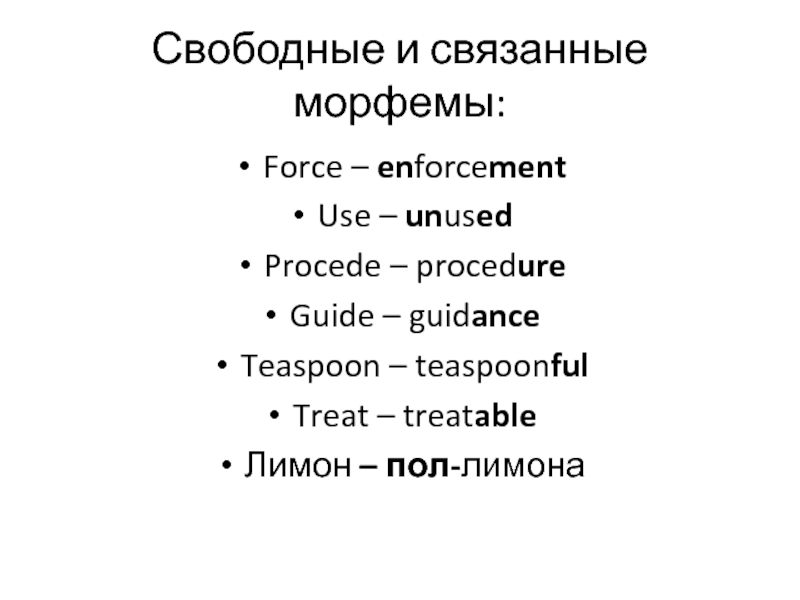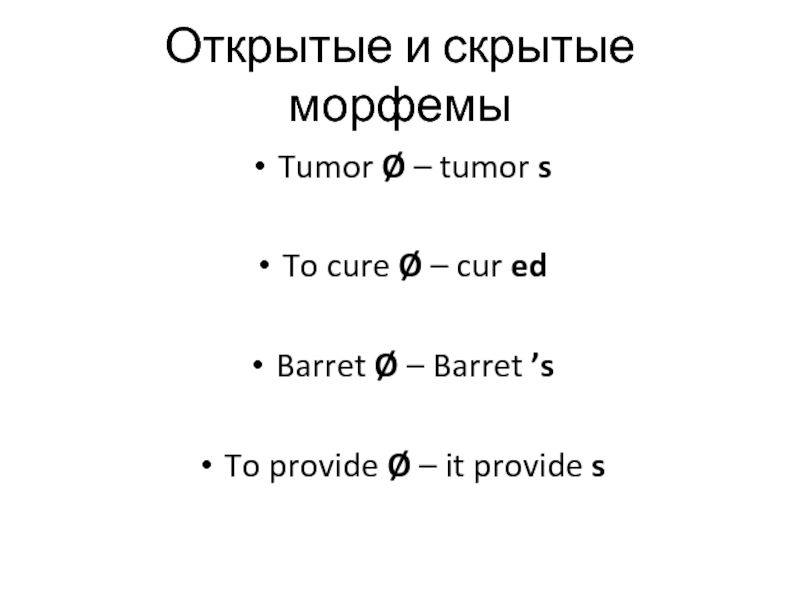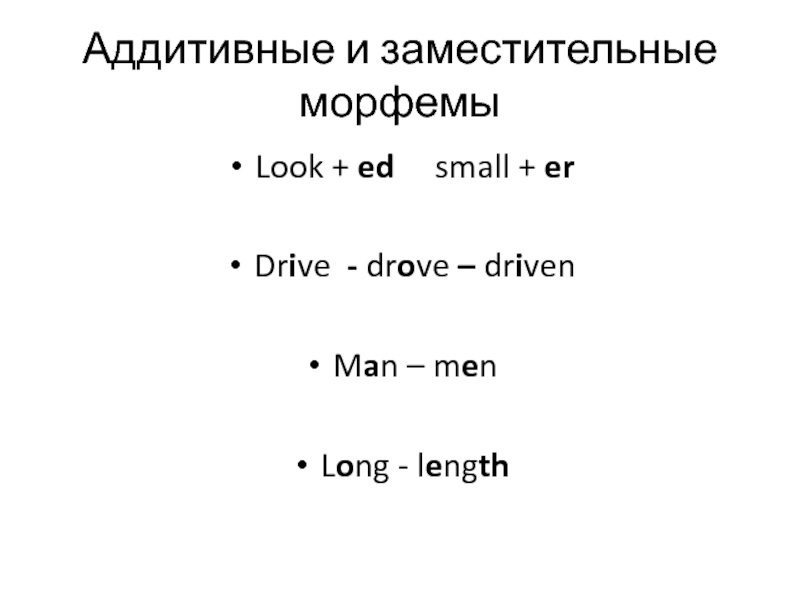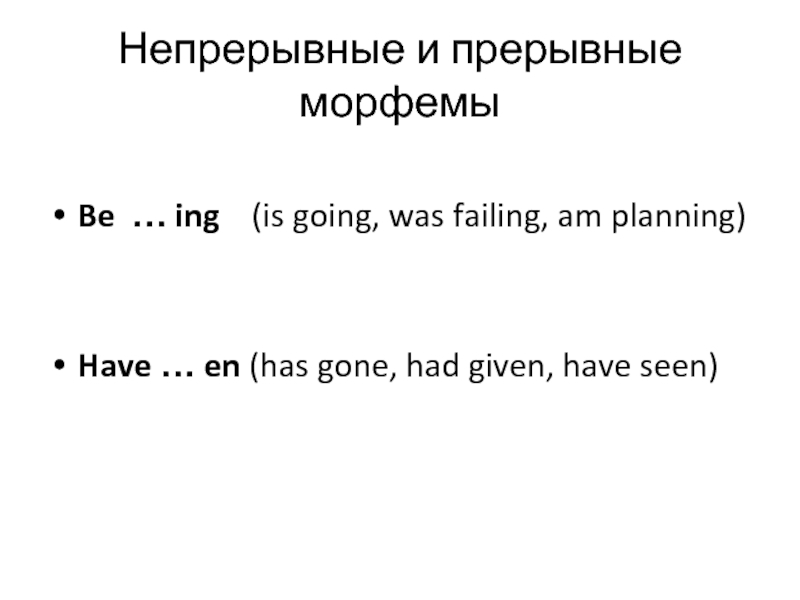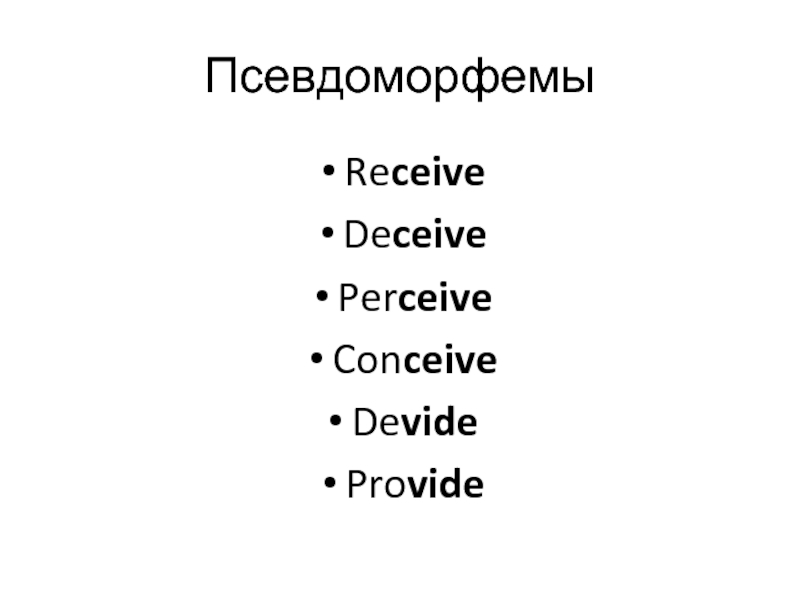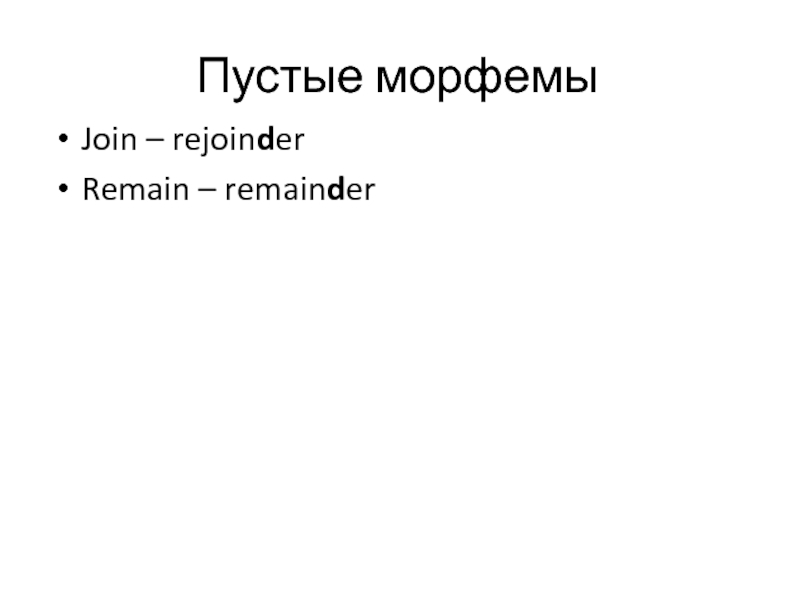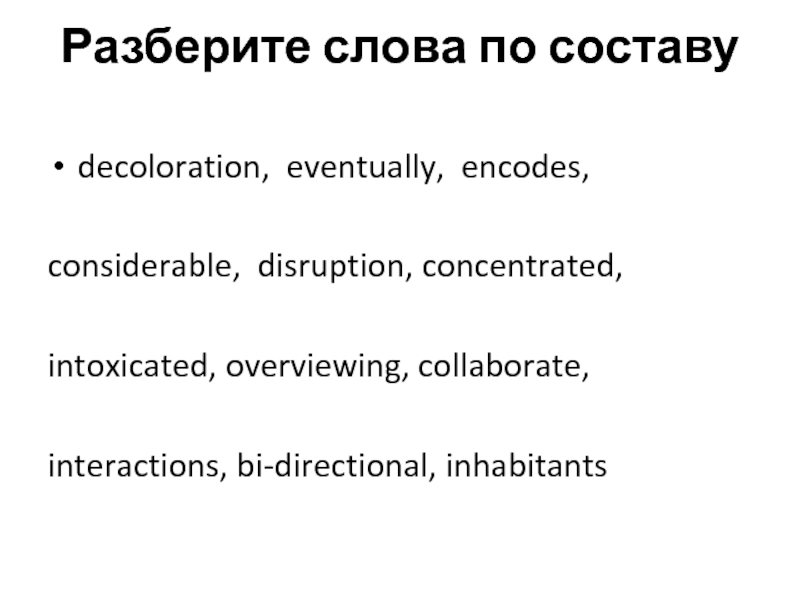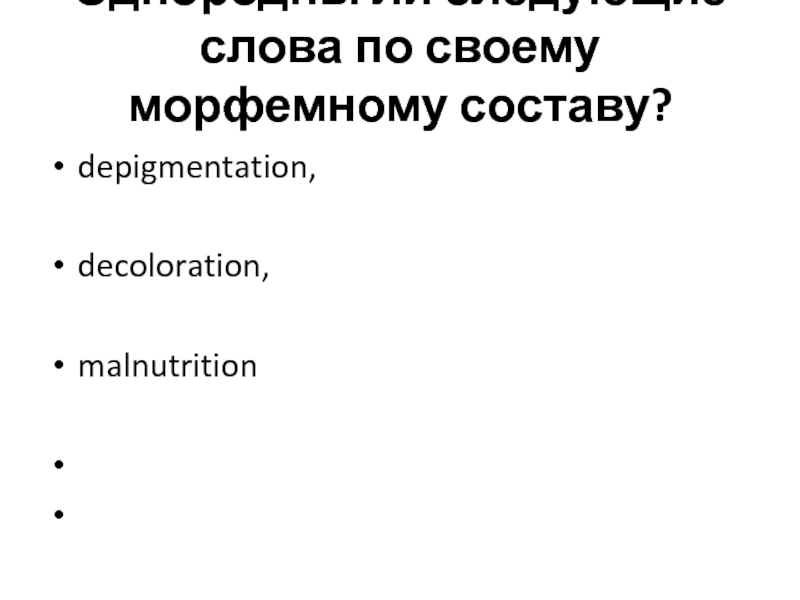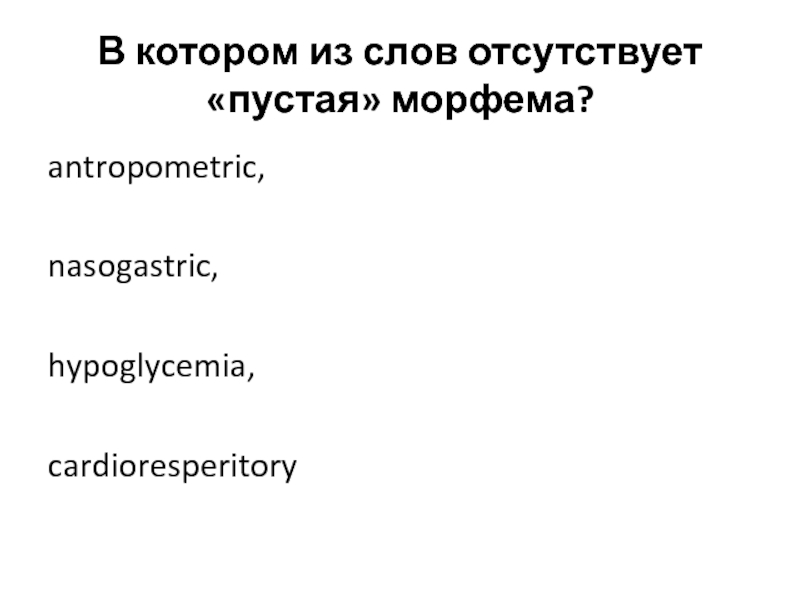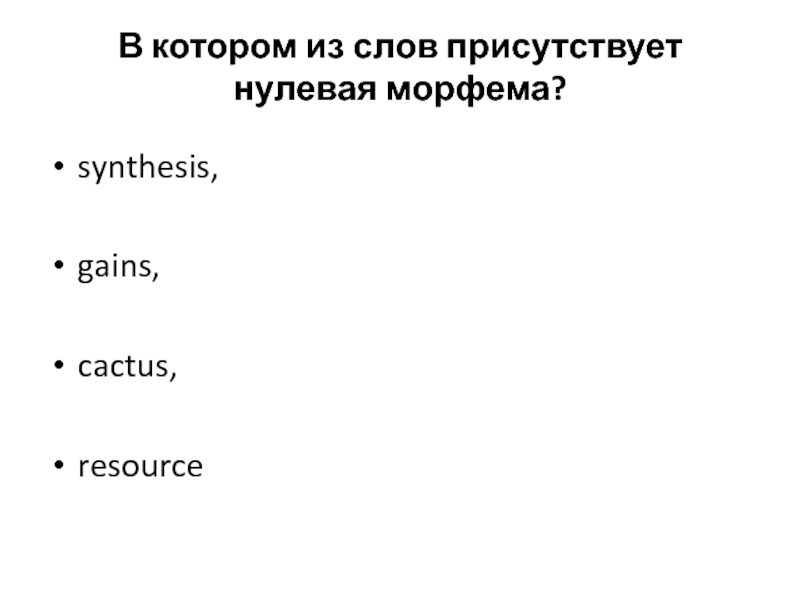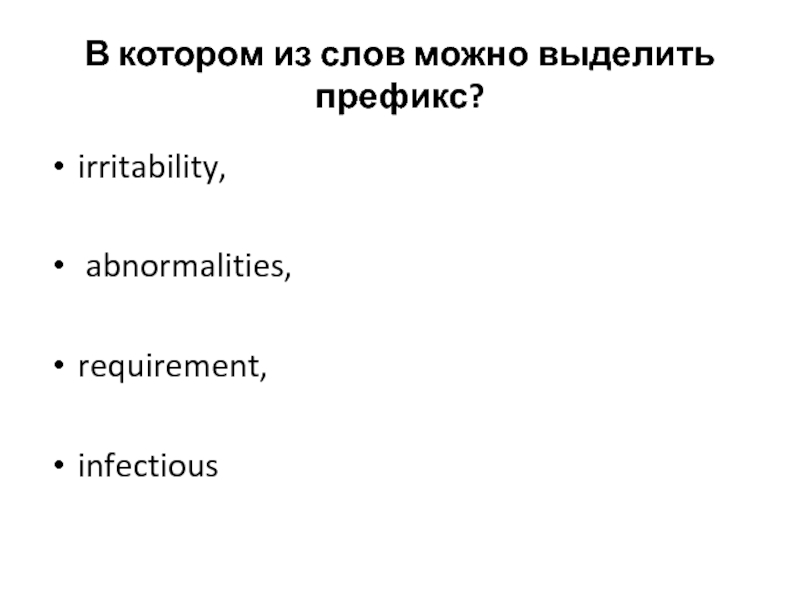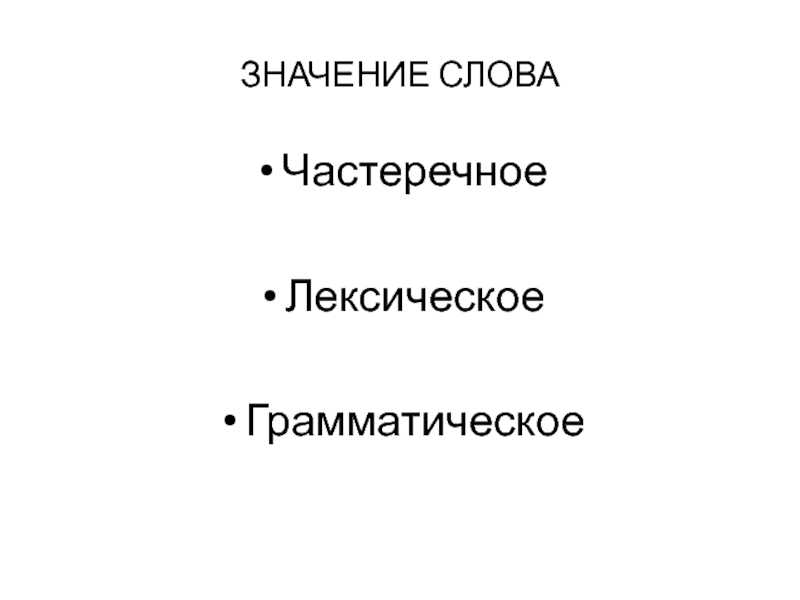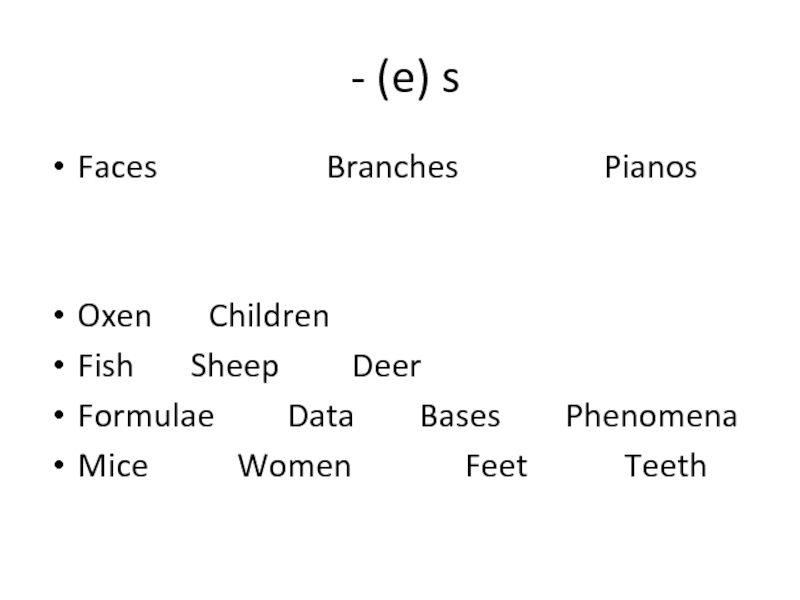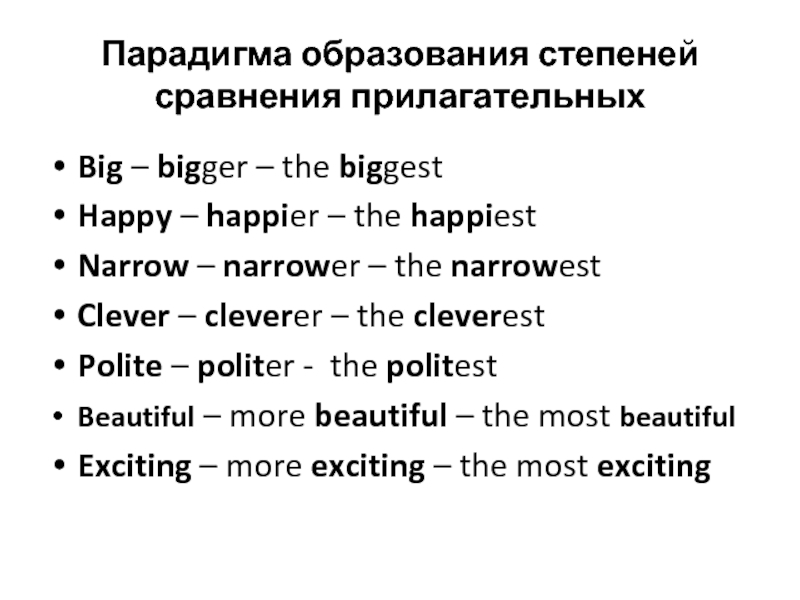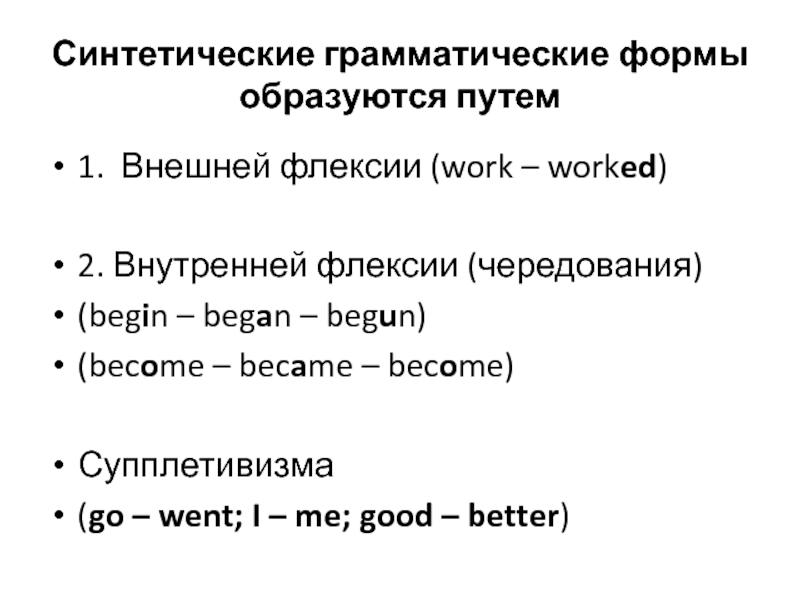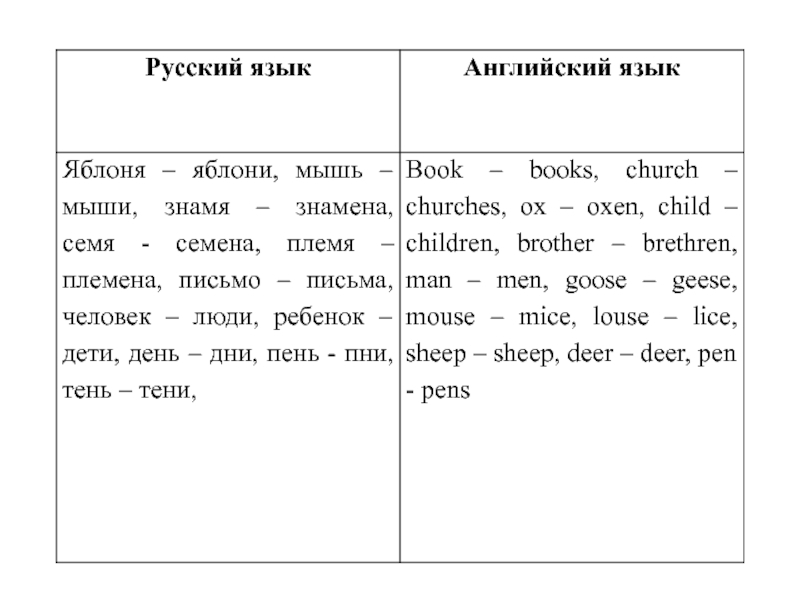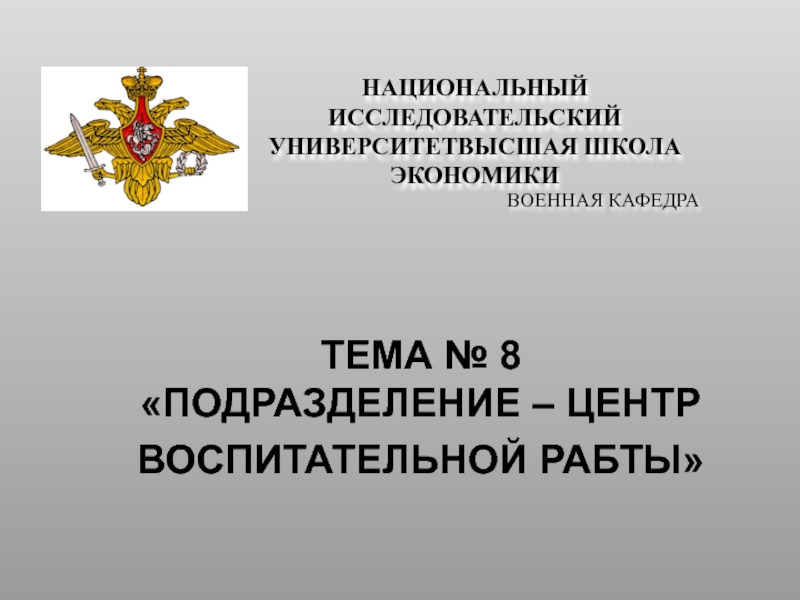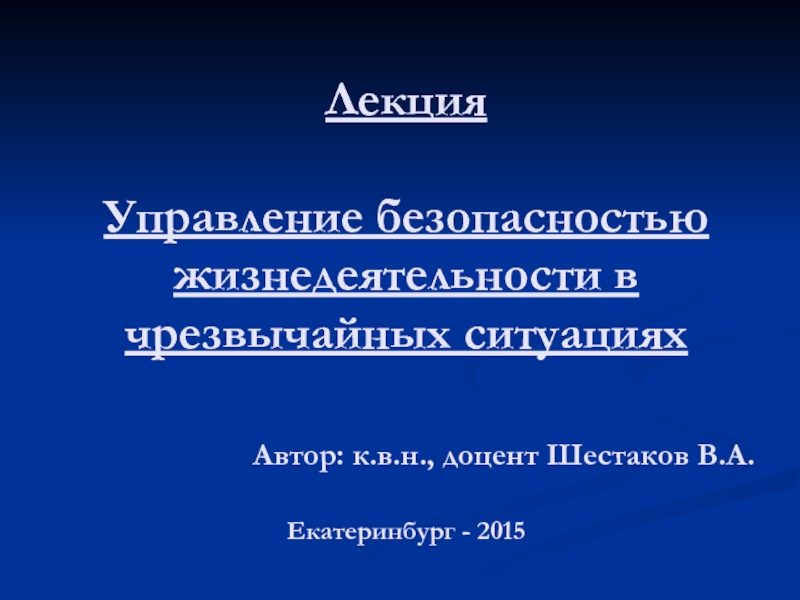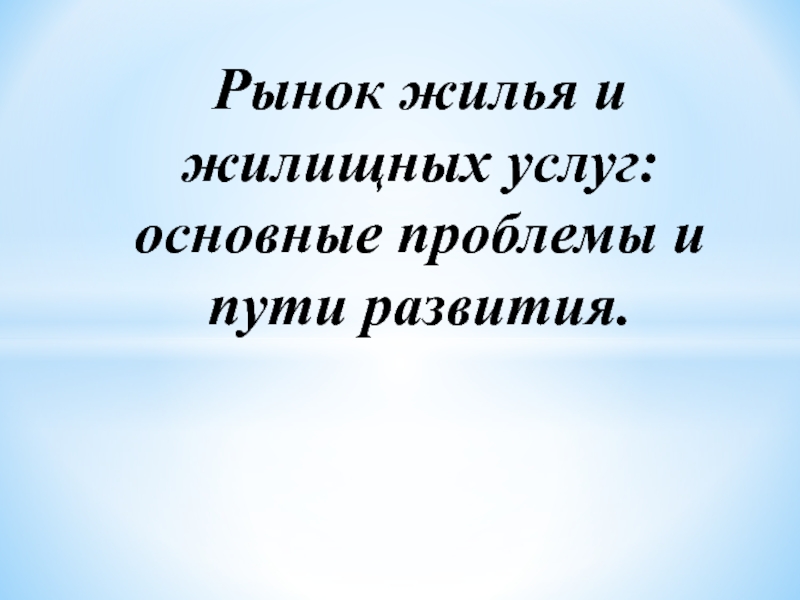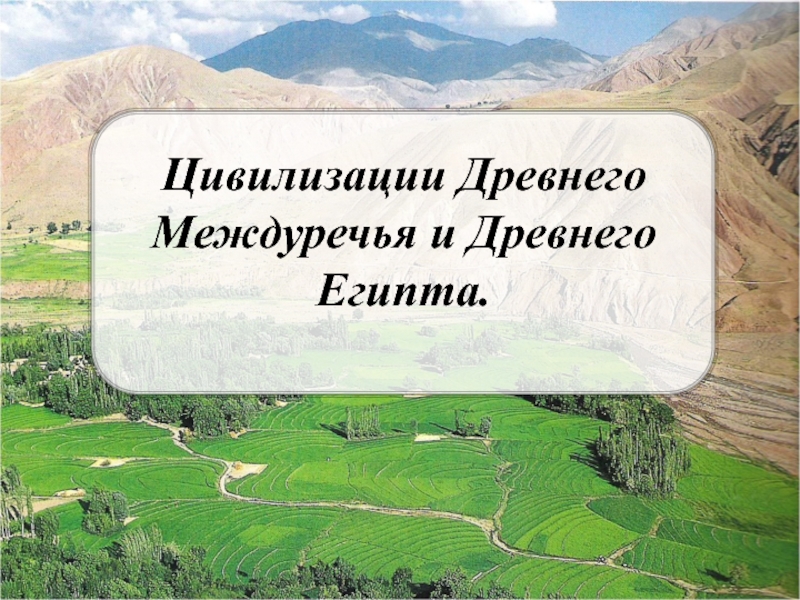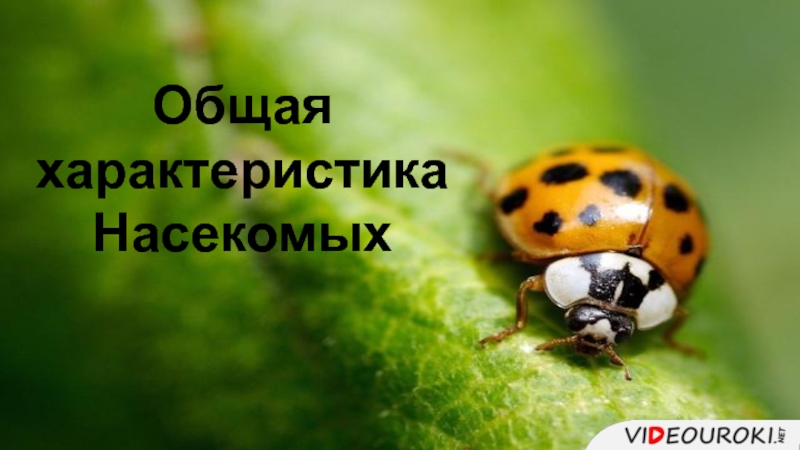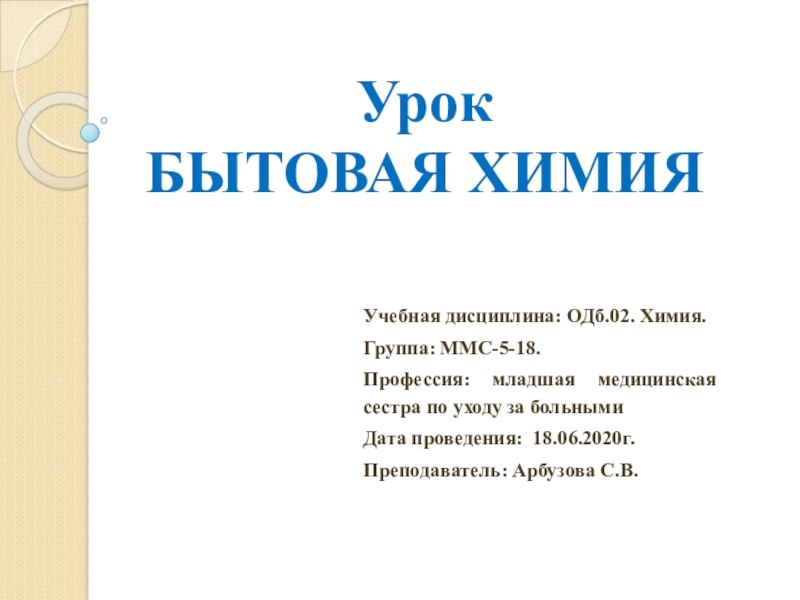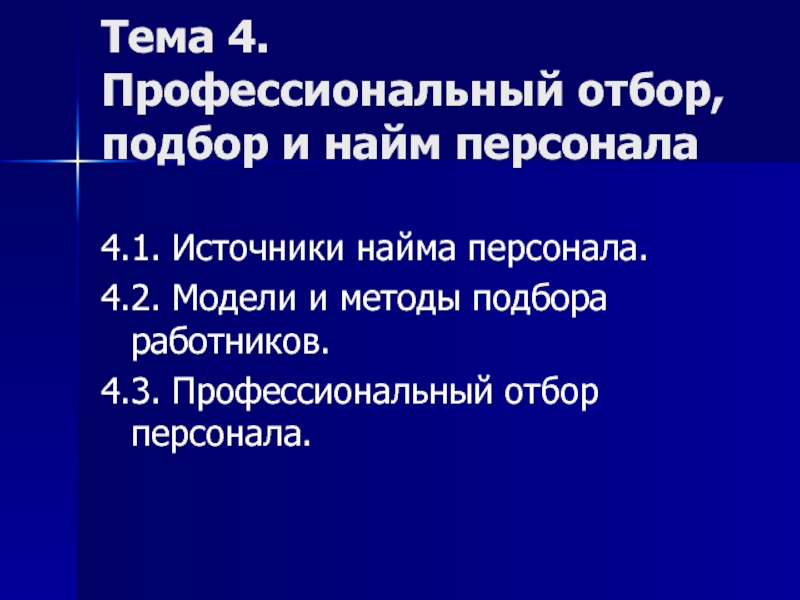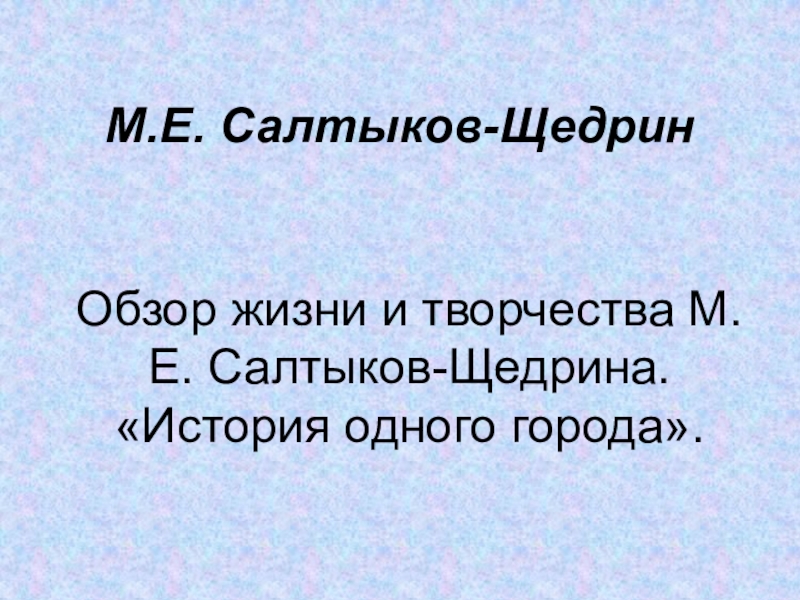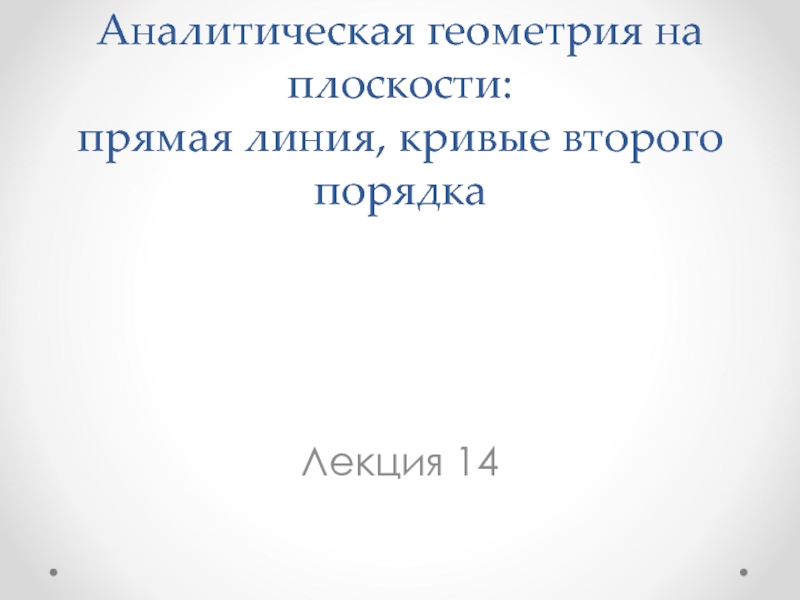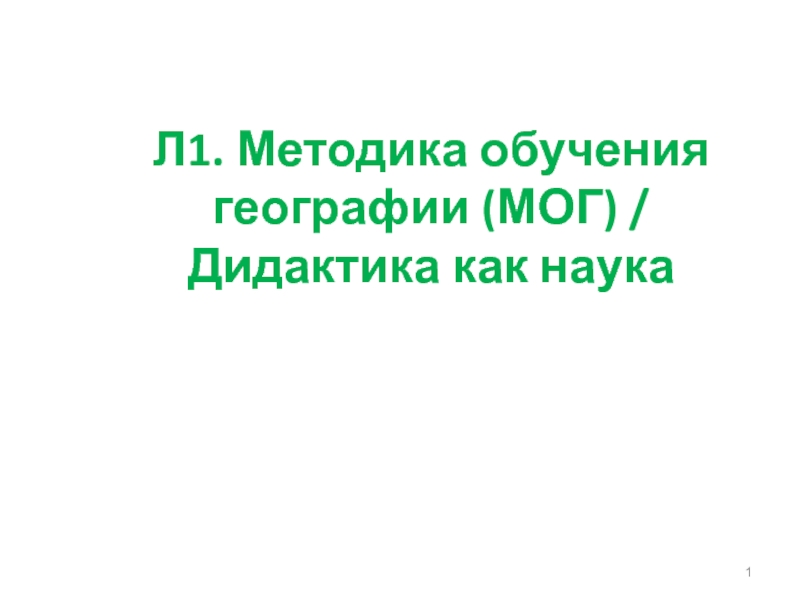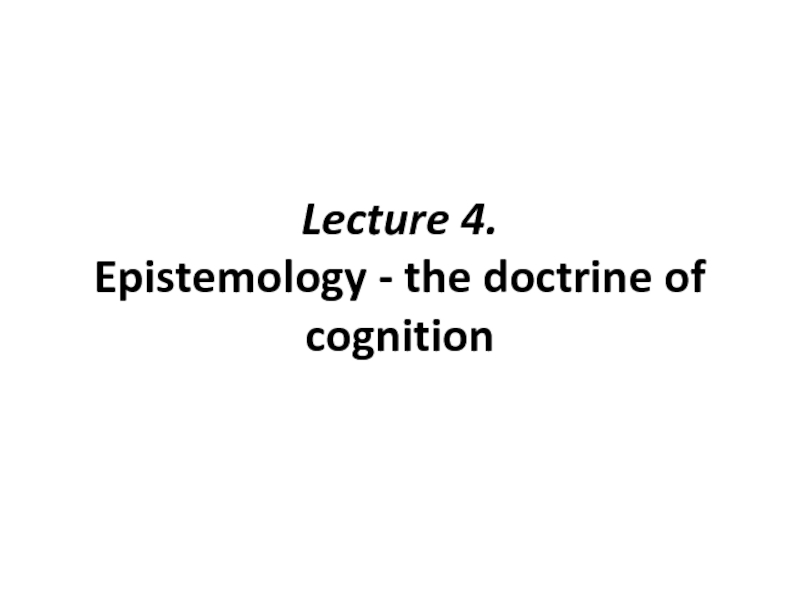Разделы презентаций
- Разное
- Английский язык
- Астрономия
- Алгебра
- Биология
- География
- Геометрия
- Детские презентации
- Информатика
- История
- Литература
- Математика
- Медицина
- Менеджмент
- Музыка
- МХК
- Немецкий язык
- ОБЖ
- Обществознание
- Окружающий мир
- Педагогика
- Русский язык
- Технология
- Физика
- Философия
- Химия
- Шаблоны, картинки для презентаций
- Экология
- Экономика
- Юриспруденция
Food Additives And Contaminants The addition of chemicals to foodstuffs to
Содержание
- 1. Food Additives And Contaminants The addition of chemicals to foodstuffs to
- 2. The benefits of additives, including reducing waste
- 3. The levels of poisonous or deleterious contaminants,
- 4. Морфемная и категориальная структура слова
- 5. Train – ed [d]Publish – ed [t]Meditat – ed [Id]
- 6. Критерии классификации морфемПозиционный (какое место занимает маргинальная
- 7. Классы морфем:Корневые морфемы – семантический центр словаАффиксальные
- 8. Слайд 8
- 9. Свободные и связанные морфемы:Force – enforcementUse –
- 10. Открытые и скрытые морфемыTumor Ø – tumor
- 11. Аддитивные и заместительные морфемыLook + ed
- 12. Непрерывные и прерывные морфемыBe … ing
- 13. Уникальные морфемыBookletCloudletRingletHamlet -?????????
- 14. ПсевдоморфемыReceiveDeceivePerceiveConceiveDevideProvide
- 15. Пустые морфемыJoin – rejoinderRemain – remainder
- 16. Разберите слова по составу decoloration, eventually, encodes,
- 17. Однородны ли следующие слова по своему морфемному составу? depigmentation, decoloration, malnutrition
- 18. В котором из слов отсутствует «пустая» морфема? antropometric, nasogastric, hypoglycemia, cardioresperitory
- 19. В котором из слов присутствует нулевая морфема? synthesis, gains, cactus, resource
- 20. В котором из слов можно выделить префикс? irritability, abnormalities, requirement, infectious
- 21. КАТЕГОРИАЛЬНАЯ СТРУКТУРА СЛОВА
- 22. ЗНАЧЕНИЕ СЛОВАЧастеречноеЛексическое Грамматическое
- 23. - (e) sFaces
- 24. Парадигма образования степеней сравнения прилагательныхBig – bigger
- 25. Синтетические грамматические формы образуются путем1. Внешней флексии
- 26. Слайд 26
- 27. Скачать презентанцию
The benefits of additives, including reducing waste and providing the public with a greater variety of attractive foods than would otherwise be possible, must be weighed against known risks. The issues
Слайды и текст этой презентации
Слайд 2The benefits of additives, including reducing waste and providing the
public with a greater variety of attractive foods than would
otherwise be possible, must be weighed against known risks. The issues involved are frequently complex. The use of nitrite in cured meats is an example. Nitrite inhibits the growth of Clostridium botulinum and imparts a desired flavor. However, there is evidence that nitrite is converted in the body to nitrosamines, which are known carcinogens in animals. On the other hand, the amount of nitrite added to cured meat is small compared with the amount from naturally occurring food nitrates converted to nitrite by the salivary glands. In addition, dietary vitamin C can reduce nitrite formation in the GI tract. The report of food hypersensitivity (allergy) in a few susceptible persons associated with some additives, especially coloring agents, is a concern. However, most of these reactions are caused by ordinary food (see Food Allergy and Intolerance in Ch. 148).Слайд 3The levels of poisonous or deleterious contaminants, such as pesticide
residues, are also stringently regulated. Contaminants from certain foodstuffs cannot
be completely eliminated without damaging the foodstuff. Levels considered safe by the FDA (tolerance levels) have been established for a variety of foodstuffs. For example, the residual tolerance level of aflatoxin (a fungal product that is found mainly in peanuts, especially if not fresh, and that is a known liver carcinogen in animals) is 20 ppb for peanuts and peanut products but 0.5 ppb for milk. The tolerance level is 0.5 ppb for lead in evaporated milk and 1.0 ppm for mercury in fish, oysters, clams, mussels, and wheat. In general, these levels have not caused illness or adverse effects in humans.Слайд 6Критерии классификации морфем
Позиционный
(какое место занимает маргинальная морфема по отношению
к центральной)
Семантический
(какой вклад в значение слова вносит морфема)
Слайд 7Классы морфем:
Корневые морфемы – семантический центр слова
Аффиксальные морфемы – специфицируют
значение слова лексически и грамматически (префиксы, суффиксы, флексии)
Слайд 9Свободные и связанные морфемы:
Force – enforcement
Use – unused
Procede – procedure
Guide
– guidance
Teaspoon – teaspoonful
Treat – treatable
Лимон – пол-лимона
Слайд 10Открытые и скрытые морфемы
Tumor Ø – tumor s
To cure Ø
– cur ed
Barret Ø – Barret ’s
To provide Ø –
it provide sСлайд 11Аддитивные и заместительные морфемы
Look + ed small +
er
Drive - drove – driven
Man – men
Long - length
Слайд 12Непрерывные и прерывные морфемы
Be … ing (is going, was
failing, am planning)
Have … en (has gone, had given, have
seen)Слайд 16Разберите слова по составу
decoloration, eventually, encodes,
considerable, disruption, concentrated,
intoxicated,
overviewing, collaborate,
interactions, bi-directional, inhabitants
Слайд 17Однородны ли следующие слова по своему морфемному составу?
depigmentation,
decoloration,
malnutrition
Слайд 18
В котором из слов отсутствует «пустая» морфема?
antropometric,
nasogastric,
hypoglycemia,
cardioresperitory
Слайд 20
В котором из слов можно выделить префикс?
irritability,
abnormalities,
requirement,
infectious
Слайд 23 - (e) s
Faces
Branches
PianosOxen Children
Fish Sheep Deer
Formulae Data Bases Phenomena
Mice Women Feet Teeth
Слайд 24Парадигма образования степеней сравнения прилагательных
Big – bigger – the biggest
Happy
– happier – the happiest
Narrow – narrower – the narrowest
Clever
– cleverer – the cleverestPolite – politer - the politest
Beautiful – more beautiful – the most beautiful
Exciting – more exciting – the most exciting
Слайд 25Синтетические грамматические формы образуются путем
1. Внешней флексии (work – worked)
2.
Внутренней флексии (чередования)
(begin – began – begun)
(become – became –
become)Супплетивизма
(go – went; I – me; good – better)
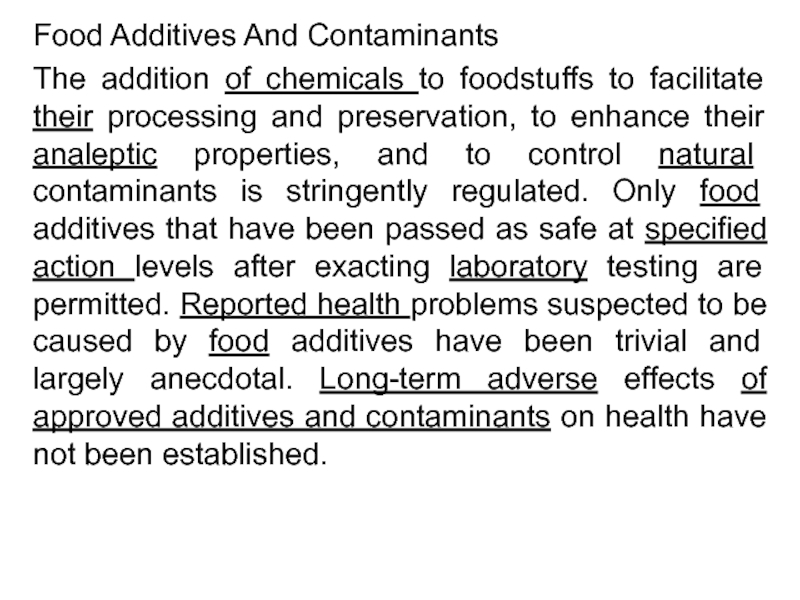
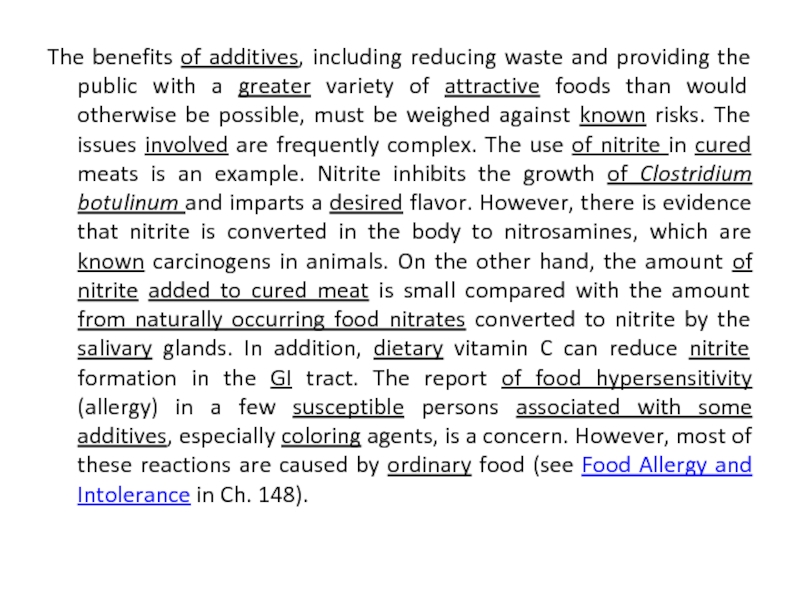

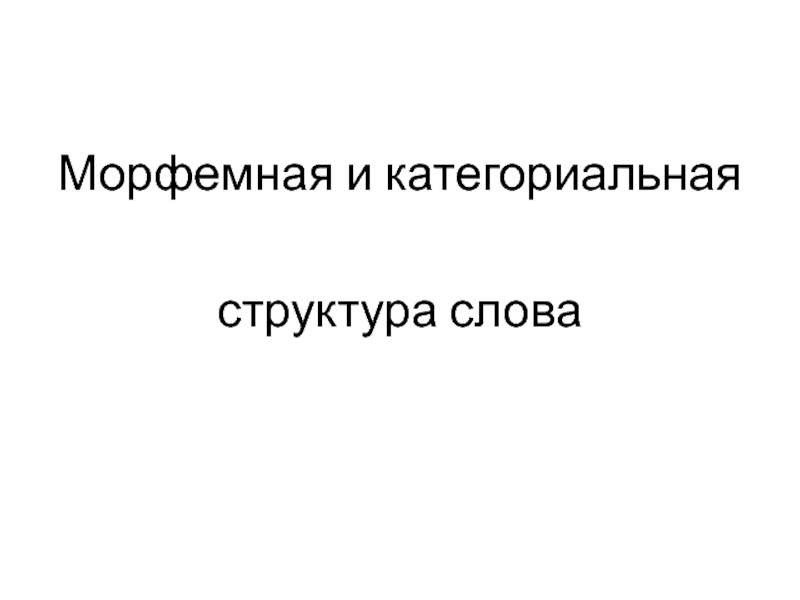
![Food Additives And Contaminants
The addition of chemicals to foodstuffs to Train – ed [d]Publish – ed [t]Meditat – ed [Id] Train – ed [d]Publish – ed [t]Meditat – ed [Id]](/img/thumbs/00d786aecdb668865877e3858c1c0c8b-800x.jpg)
